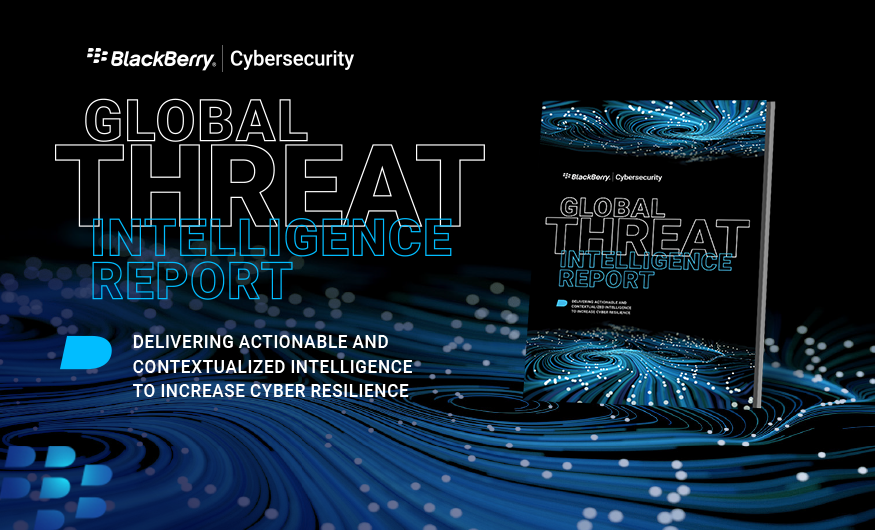Threat intelligence is “the art of taking the adversary by surprise.” In fact, anticipating, mitigating, and preventing cyberattacks is the primary mission of a practical threat intelligence program.
Achieving this goal requires a proactive approach; one that answers critical questions like the following: Which threat actors are most likely to impact my organization? What are their motivations, goals, and capabilities? How do they behave, and what cyber weapons do they use to achieve those goals? And most importantly, what actionable countermeasures can I deploy to improve my organization’s cyberdefense capabilities?
To help your organization answer these questions, our team is proud to release our first BlackBerry Cybersecurity Global Threat Intelligence Report. The mission of this report is to deliver actionable and contextualized intelligence to increase your organization’s cyber resilience.
In this first edition, you’ll hear from our threat researchers and intelligence analysts on the BlackBerry Threat Research and Intelligence team. They are world-class experts who understand the technical threats, as well as local and global geopolitical developments, and their impact on organizations like yours.
To produce this report, the team leveraged data and telemetry obtained from our own award-winning artificial intelligence (AI)-driven products and in-house analytical capabilities, complemented by other public and private intelligence sources.

